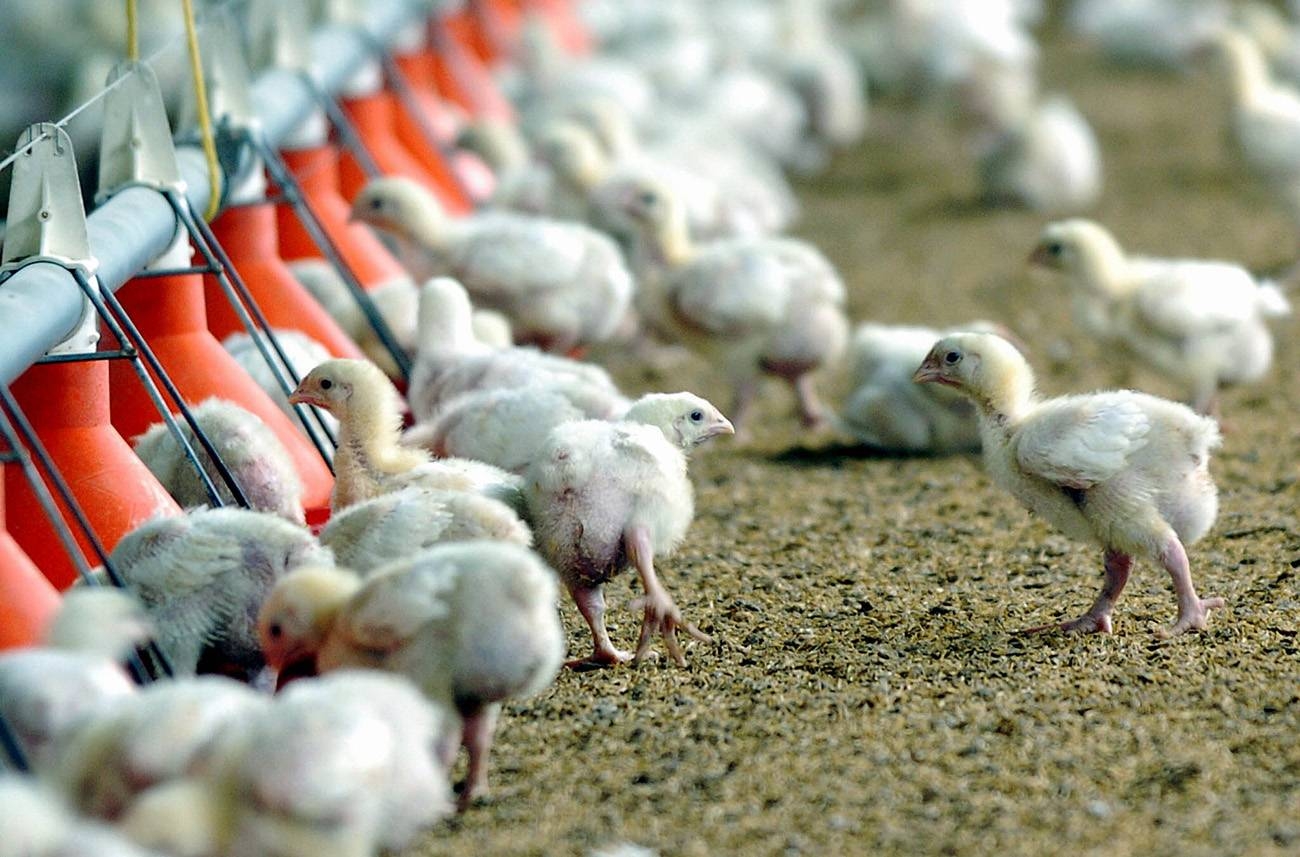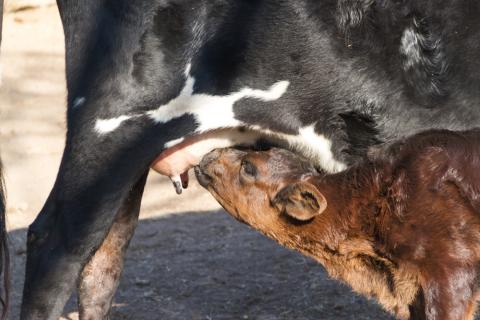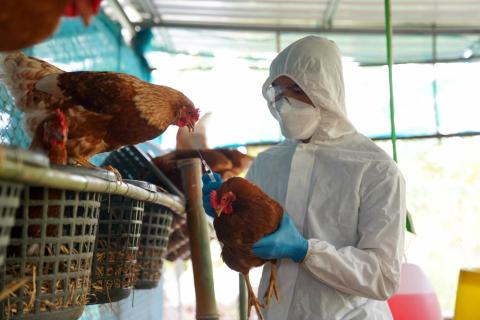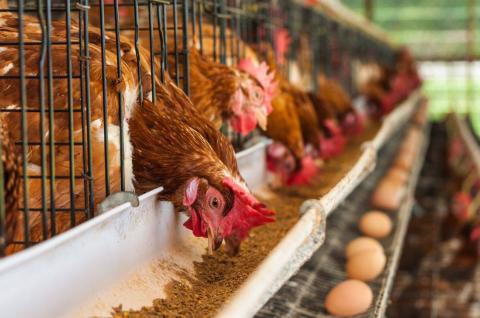An antiviral already on the market could be more effective than oseltamivir (Tamiflu) against avian influenza
A team in the US has tested the efficacy of baloxavir, an antiviral already on the market for treating common flu, against avian influenza in mice. The results, published in the journal Nature Microbiology, show that it is more effective than the currently recommended oseltamivir (Tamiflu) except when the infection is via the mouth, in which case it is equally effective. According to the authors, baloxavir ‘could be considered for the potential treatment of serious H5N1 virus infections in humans’.

Gustavo del Real - antiviral gripe aviar EN
Gustavo del Real
Senior scientist in the Biotechnology Department at INIA-CSIC
This is good news, as it demonstrates the therapeutic efficacy of a new drug against the highly pathogenic H5N1 avian influenza virus that seriously affects wild birds and poultry, as well as dairy cows in the United States and which, to date, has infected dozens of people in this country, resulting in one death.
This virus is considered a potential candidate to cause a future pandemic. Therefore, it is essential to develop all possible tools to control it, especially effective vaccines and drugs.
Baloxavir is an antiviral approved by the United States in 2018 that has already demonstrated its therapeutic value against the current viruses that cause human influenza type A (H1N1, H3N2). This study investigates its usefulness against the aforementioned H5N1. Why is it important? Because its mechanism of action is different from that of another common anti-flu drug, oseltamivir. Baloxavir acts on one of the virus‘ polymerases, while the other acts on another essential virus enzyme, neuraminidase. Having two different viral targets is very important in the treatment of influenza, due to the virus’ high capacity to generate drug-resistant variants.
The study was carried out on mice, which is one of the few animal models available in flu research, but it lays the foundations for validating its use in serious cases of H5N1 infection or for considering it as a useful drug in the event of a pandemic caused by this virus. On the other hand, this study also shows that baloxavir is effective when the infection is produced via the respiratory and ocular tracts (inhalation of aerosols or through contact with mucous) but not when the infection is oral, which gives rise to speculation about the pathogenicity mechanisms of the virus, which will be investigated in future studies.
Aitor Nogales González - antiviral gripe aviar EN
Aitor Nogales González
Virologist (senior scientist) at the Animal Health Research Centre (CISA, INIA-CSIC)
In March 2024, an outbreak of highly pathogenic avian influenza (HPAI) subtype H5N1 was reported for the first time in cattle (dairy cows) in the USA. These outbreaks have spread throughout the USA, with multiple cases reported in other mammals and humans. The virus has been detected in cow's milk, which has been described as a possible route of transmission.
In this excellent piece of work, led by researcher Richard Webby, mice were infected with milk contaminated with the H5N1 virus using various routes of inoculation (oral, nasal and ocular), mimicking the possible routes of exposure to the virus. The mice were then treated with two antivirals with proven effectiveness against influenza, including the H5N1 subtype, known as oseltamivir and baloxavir. These antivirals are approved for use in humans.
The data indicate that orally infected mice were more difficult to treat, and the authors suggest that this may be related to the rapid spread of the virus in the gastrointestinal tract. Treatment with baloxavir was shown to be more effective than treatment with oseltamivir, although other studies had already pointed in this direction.
This careful study is important as it provides preclinical data on the efficacy of two antivirals against the H5N1 subtype, which continues to spread across the planet and represents a real pandemic threat, so we must be prepared.
Jones et al.
- Research article
- Peer reviewed
- Animals



